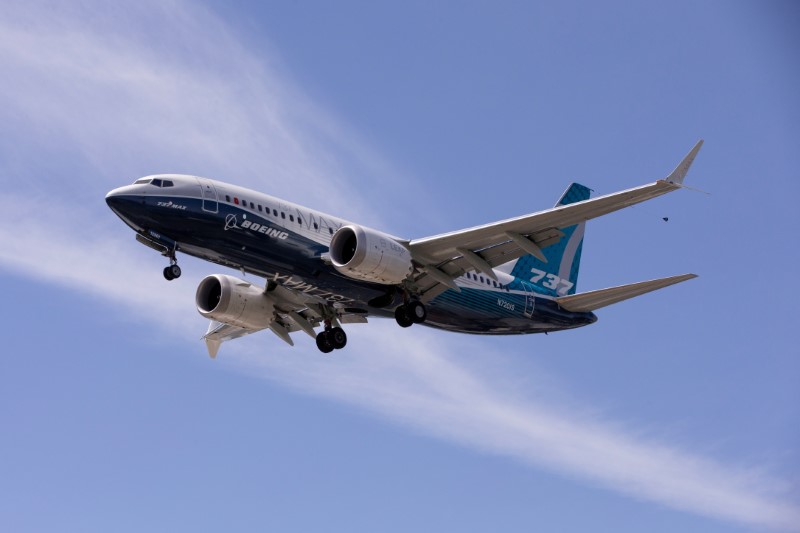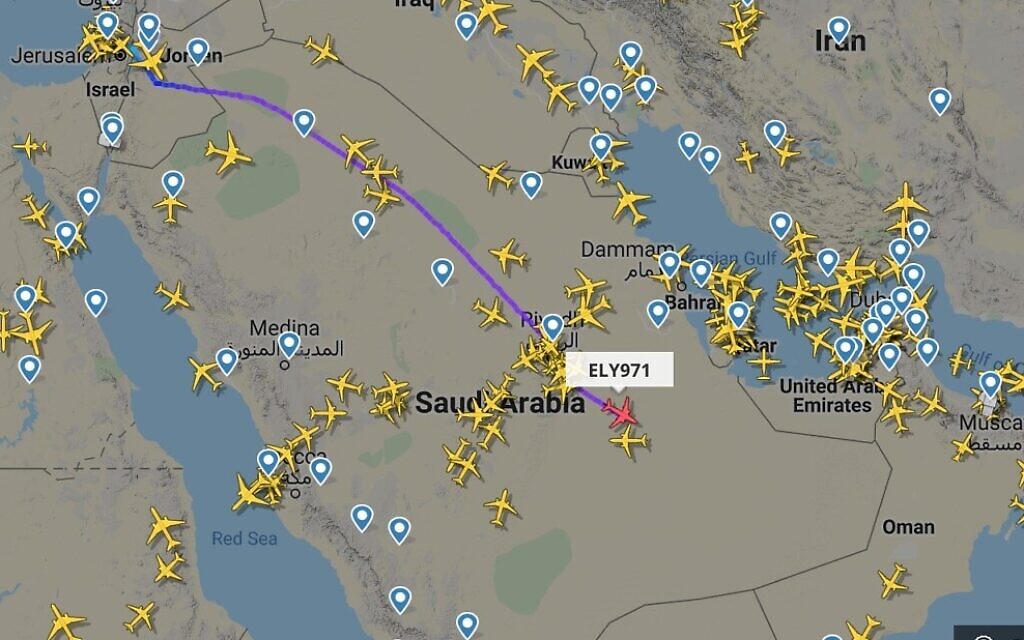
When an aircraft is flying out of coverage Flight radar keeps estimating the position of the aircraft for up to 2 hours. These receivers are often installed on small airports with a lot glider traffic to track the gliders around the airport. The range of a Flarm receiver is between 20 and 100 km. Flarmįlarm is a simpler version of ADS-B with a shorter range, primarily used by smaller aircraft, mostly gliders. This information is based on radar data and includes the most scheduled and commercial air traffic in the US and Canadian airspace, as well as parts of the Atlantic and the Pacific Ocean.

In addition to ADS-B and MLAT, there is North America Radar Data for flights there. The only aircraft equipped with an ADS-B transponder may be tracked via satellite. Generally, satellite-based ADS-B increases coverage of flights over the ocean where ground-based reception is not possible. As the number of satellites supplying data and their location are dynamic, satellite coverage varies. Satellite-based ADS-B data available on Flight radar comes from multiple providers. Satellites equipped with ADS-B receivers gather data from aircraft outside terrestrial ADS-B network’s coverage area and send that data to the Flightradar network. There is also some MLAT coverage elsewhere with more areas getting MLAT coverage and the coverage is growing day by day.

Most parts of Europe and North America are today covered with MLAT above about 3,000-10,000 feet. As the plane’s altitude increases, the probability that four or more receivers can receive the transponder signal increases as well. MLAT coverage can only be achieved above roughly 3,000-10,000 feet. Four receivers or more are needed to make MLAT work. By measuring the time it takes to receive the signal from aircraft with an older ModeS-transponder. This is done using a method known as Time Difference of Arrival (TDOA). In some regions where areas are covered by several FR24-receivers, there os a possibility to monitor positions of non-ADS-B equipped aircraft with the help of Multilateration (MLAT). In other parts of the world, the ADS-B coverage varies. There is also good ADS-B coverage in Canada, Mexico, the Caribbean, the Middle East, parts of South America, Australia, New Zealand, Asia, and a few countries in Africa. On cruising altitude (above 30,000 feet) Flight radar 24 covers 100% of Europe and the USA. Once mandatory, ADS-B will replace primary radar as the primary surveillance method used by ATC.įlight radar24 has a network of more than 20,000 ADS-B receivers around the world that receive flight information from aircraft and send it to the servers. The percentage of aircraft equipped with ADS-B receivers is steadily increasing, as they will become mandatory for most aircraft around the world by 2020. For general aviation, this number is probably below 20%. Recent estimations show that roughly 70% of all commercial passenger aircraft (80% in Europe, 60% in the US) are equipped with an ADS-B transponder. If you scroll down, you will find the live data about the plane’s speed, altitude, and the estimated time of arrival at the destination airport.įor the plane enthusiasts, there is an image of the aircraft that can go into enough detail that you can recognise individual elements such as redwings or painted advertising strips from the ground.ĪDS-B is a relatively new technology, still under development, which means that today it’s rarely used by Air Traffic Control (ATC). For example, you will see the airline, aircraft type, flight number, and the cities the plane is travelling between. A new window will open showing all the necessary details. In order to examine aeroplane in detail, you must click on the corresponding symbol on the Flightradar24 interactive map. You would have successfully adjusted the map to track the particular flight that you are searching for. If you are using a mobile device, hold the touch screen and drag it in your desired direction.

To move the selected map section up, down, left or right, click and hold on the map with your mouse and move accordingly. When using live radar 24 on a mobile device, you can easily zoom in or out using the touch screen. Automatically the number of displayed aircraft is reduced, giving you a clearer view.
#FLIGHT RADAR 24 NOT SHOWING PLANES 2020 PLUS#
In order to make the section smaller you should click on the ‘Magnify’ button, represented by a plus (+) icon. This represents a large area around your location. When the map is first opened, very broad airspace appears. Preliminary, we must consider the change of scale for the chosen section.
#FLIGHT RADAR 24 NOT SHOWING PLANES 2020 HOW TO#
It is important to familiarise yourself with how to use the map, in order to make sense of it.


 0 kommentar(er)
0 kommentar(er)
